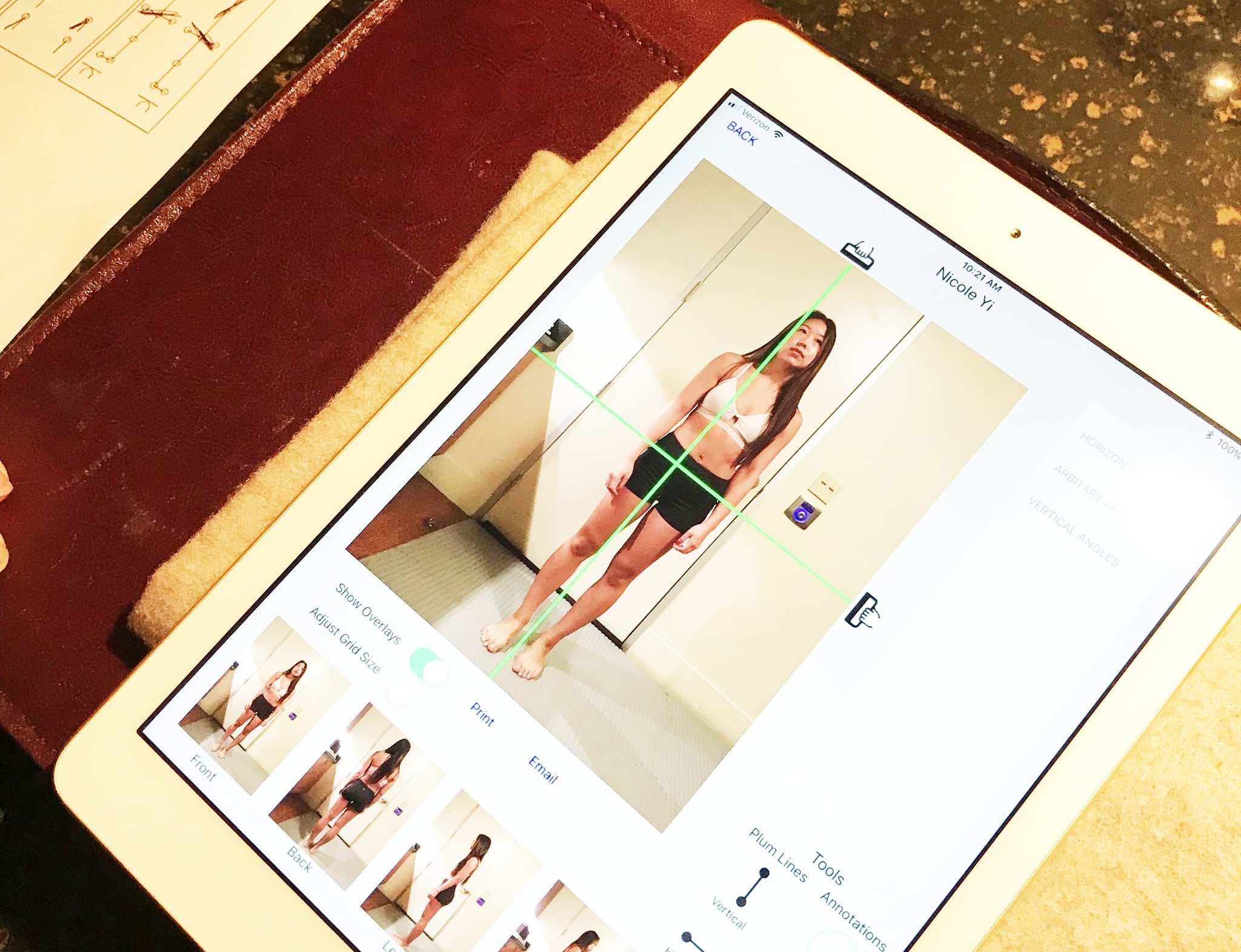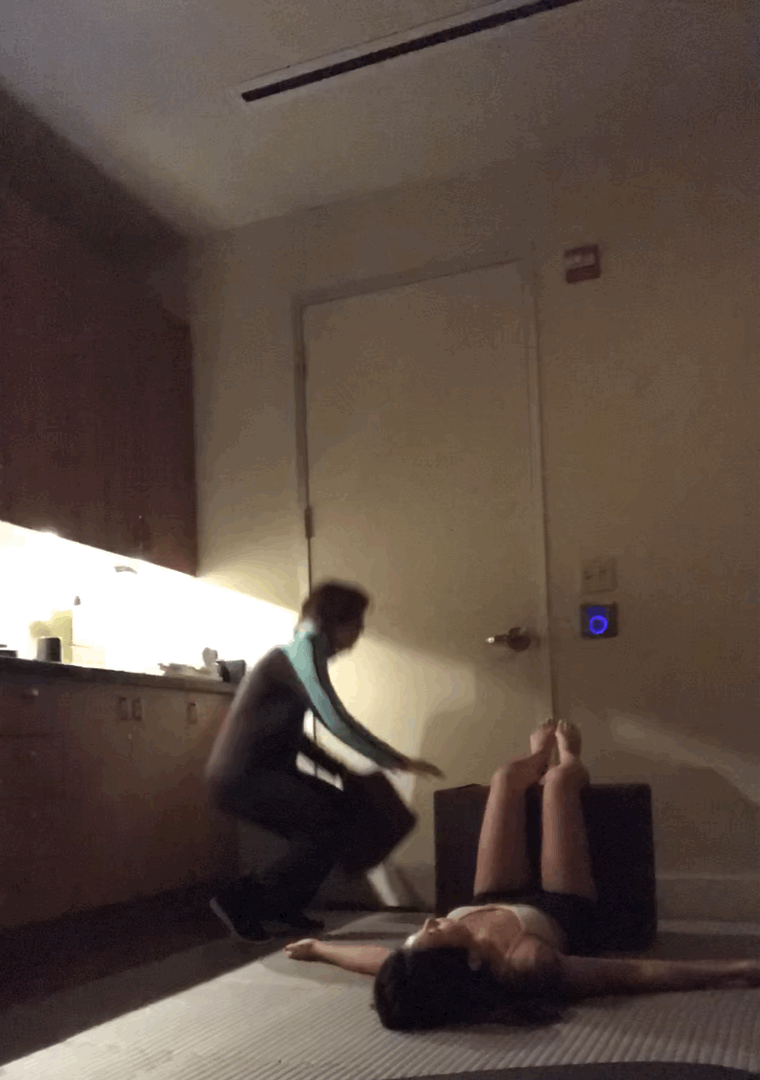What Is Posture Alignment Therapy?
I Tried Posture Alignment Therapy, and This Is What Shocked Me

Without even seeing you, I can probably correctly guess that you're hunched over your keyboard or phone as you read this. Like the majority of the population, our recent lifestyle changes have made a significant impact on our bodies. Modern conveniences have made movement less necessary, while desk jobs force us to sit in front of a screen all day. As a result, many of us have postural problems that we may not even be aware of. I was recently introduced to posture alignment therapy at San Francisco's Sen Spa where I learned how the body's alignment affects its function. Though I was hoping to identify the source of my lower-back pain, I ended up getting my answer and so much more.
Before diving into our session, my posture alignment specialist, Jenean LaRoche, briefly explained the Egoscue method in which her work is rooted in. Founded by Pete Egoscue in the 1970s, the Egoscue method is based on the idea that a body is a unit and that pain is due to misalignment in the body. It differs slightly from physical therapy as it looks at the entire body rather than isolating troubled areas. Additionally, its goal is to restore the body back as close to its original state as possible to allow it to function as it should and alleviate pain in the process.
For example, I mentioned that I've been experiencing lower-back pain as well as shoulder tension. Instead of addressing each area separately, Jenean tried to figure out how the two could be related during our session. After taking photos of me standing in my normal state, she showed me how my body should be aligned and how my body was actually positioned. As you can tell from the photo above, my entire weight is shifted to one side while my left shoulder rests visibly lower than the right. It was also brought to my attention that I'm slightly bowlegged and that the centre of my gravity is forward, causing my arms to rest in front of my body instead of to the side as they should. I had no idea that my body was so off-balance. It's important for the body — particularly our shoulders, hips, knees, and ankles — to be aligned in order for them to evenly support our weight and allow us function well.
"When we evaluate posture, we're not really saying it's good or bad; your body has adapted to what has happened to it and what you're doing with it right now," Jenean said. "As the body can start to make those changes, we can also ask the body to make changes back. It adapts very quickly."
After conducting a functional test (a series of stretches and poses) and gait analysis (looking at my walk), Jenean began to piece each clue together to identify any weak links or compensations in my body. I learned that a combination of high school cheerleading, high heels, and my occupation have all contributed to my discomfort with the arch in my back as the main source of pain.
"The body is very smart, it's very adaptable, so when you had falls from cheerleading, you were asking a lot of your body," Jenean told me. "The body had to adapt and sometimes what happens is that those patterns will stay even after the injury or activity has happened." The last hour of our two-hour session involved walking me through several exercises that were designed to strengthen and activate the rest of my lower body so that my lower back wasn't doing most of the work. The exercises included variations of calf raises and strengthening moves against the wall.
I was instructed to practice these exercises daily for 20 minutes to help retrain my body back to a more functional posture. After the end of our session, I already noticed a difference in the way I walked. Although the differences weren't drastic when we compared my before-and-after photos, we were still able to notice slight changes in my overall alignment. Keep in mind that this program generally requires multiple sessions and that progress varies by person and their condition. Overall, posture alignment therapy is a great way to reset your body for optimal function, whether you've experienced a past injury or not.








